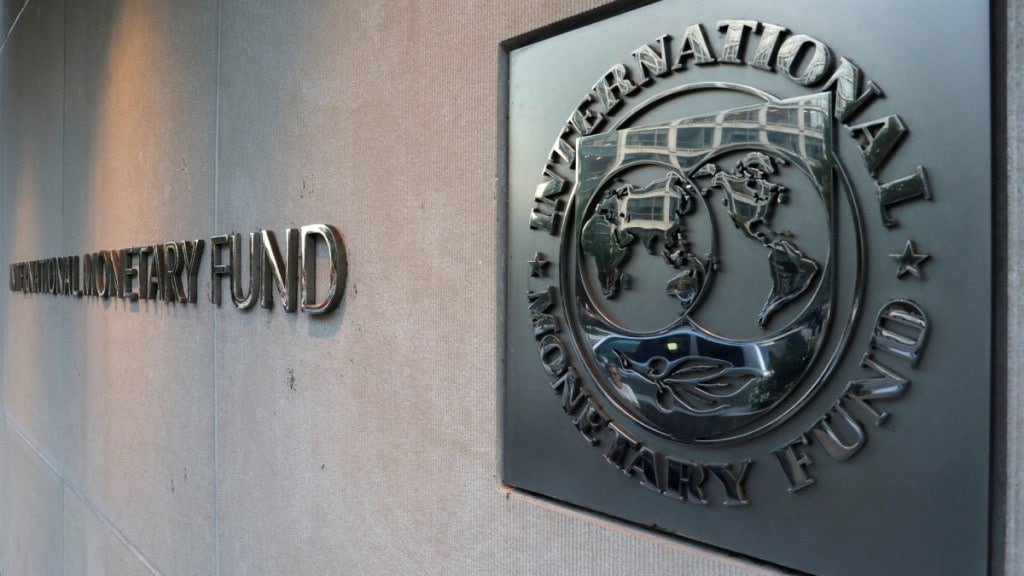The International Monetary Fund (IMF) has raised its forecast for India’s GDP growth in FY24 by a steep 110 basis points (bps) to 7.8%, even higher than the expansion rate of 7.6% seen by the National Statistical Office (NSO) in its second advance estimate. It also upped the GDP growth projection for the country for FY25 by 30 bps to 6.8% and retained the forecast for FY26 at 6.5%.
To justify the upward revisions, the IMF cited “the robustness reflecting continuing strength in domestic demand and a rising working-age population.”
The IMF forecast for FY25 is, however, still 20 bps lower than the Reserve Bank of India’s (RBI) projection of 7% for the year.
Finance Minister Nirmala Sitharaman last month had said GDP may have grown above 8% in FY24, due to the impact of “improved inflation management” and “macroeconomic stability”.
In the current financial year (FY25), the Fund expects CPI inflation in India to average 4.6%, slightly higher than 4.5% projection of RBI; and current account deficit (CAD) to average 1.4% of the GDP as against 1.2% in FY24.
The IMF expects the world economy to grow 3.2% in both 2024 and 2025. For 2024, the Fund has raised its projection by 10 bps, and for 2025, it has kept the forecast unchanged.
In 2024, the multilateral agency sees the US’ economy growing by 2.7% – 60 bps more than its previous forecast – and China’s economy by 4.6%, unchanged from its earlier projection.
IMF’s Chief Economist Pierre-Olivier Gourinchas said that growth this year and next will hold steady at 3.2%, with median headline inflation declining from 2.8% at the end of 2024 to 2.4% at the end of 2025.
“Most indicators continue to point to a soft landing. We also project less economic scarring from the crises of the past four years, although estimates vary across countries,” he said.
On price pressures, Gourinchas said that bringing inflation back to target should remain the priority of economies. “Most of the good news on inflation came from the decline in energy prices and in goods inflation. But oil prices have been rising recently in part due to geopolitical tensions and services inflation remains stubbornly high,” he said.
According to the IMF, goods inflation has ebbed due to easing supply-chain frictions, as well as by the decline in Chinese export prices. But further trade restrictions on Chinese exports could also push it up in the coming months.
Further, the IMF report highlights a “troubling development” – the widening divergence between many low-income developing countries and the rest of the world. For these economies, growth is revised downward, whereas inflation is revised up.
“Worse, in contrast with most other regions, scarring estimates for low-income developing countries, including some large ones, have been revised up, suggesting that the poorest countries are still unable to turn the page from the pandemic and cost-of-living crisis,” the report said.


